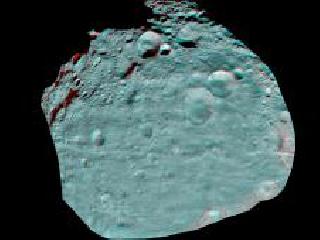
Asteroid Vesta. A NASA photo
WASHINGTON (BNS): NASA’s Dawn spacecraft has completed a graceful spiral around asteroid Vesta as part of its first of four planned science orbit missions to study the giant rock in detail.
The Spacecraft, positioned above a distance of 2700 kilometers from the asteroid’s surface, began its first science orbit phase at 0413 GMT on Thursday.
The initial orbit, also called the survey orbit, will provide an overview or “big picture” perspective of the giant asteroid.
The survey orbit is planned for 20 days during which Dawn will make seven trips around Vesta. It takes three days to complete each orbit around the huge asteroid.
The primary objective of survey orbit is to image the asteroid’s surface with near-global coverage in visible and infrared wavelengths with the mapping spectrometer, NASA said.
The spacecraft will also collect image mosaics that will help in producing geologic and compositional maps of Vesta’s surface. Ultrasensitive measurements of the spacecraft’s motion using radio signals will allow improved understanding of the giant asteroid’s gravity field.
After the completing the first orbit phase, Dawn will resume thrusting, taking about a month to spiral down gently to its next science orbit for an even closer view.
That orbit, known as High Altitude Mapping Orbit, or HAMO, begins in late September.
Dawn will spend about a month in HAMO, circling around Vesta in half a day, rather than three. The spacecraft will orbit more than 60 times during HAMO, allowing the camera to fully map the illuminated portion of Vesta at even higher resolution, and enable the science team to generate stereo images, the space agency said.
NASA had launched Dawn in September 2007. The robotic orbiter rendezvoused with Vesta last month to study the Solar System’s most ancient asteroid.
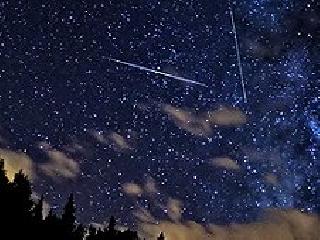 Previous Article
Previous Article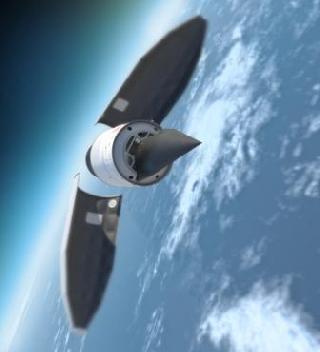 Next Article
Next Article
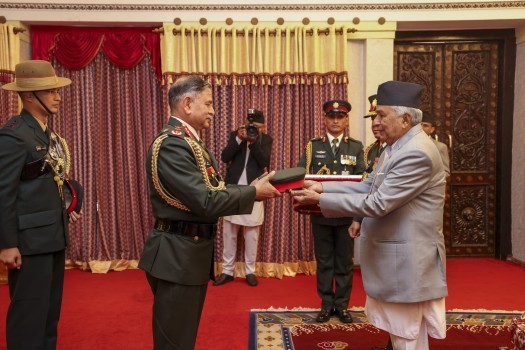
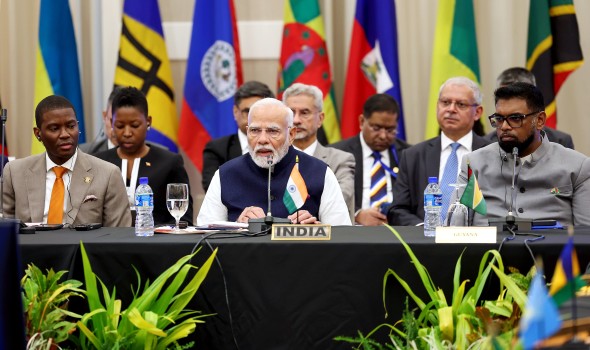


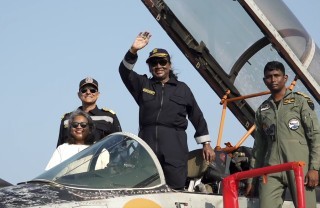
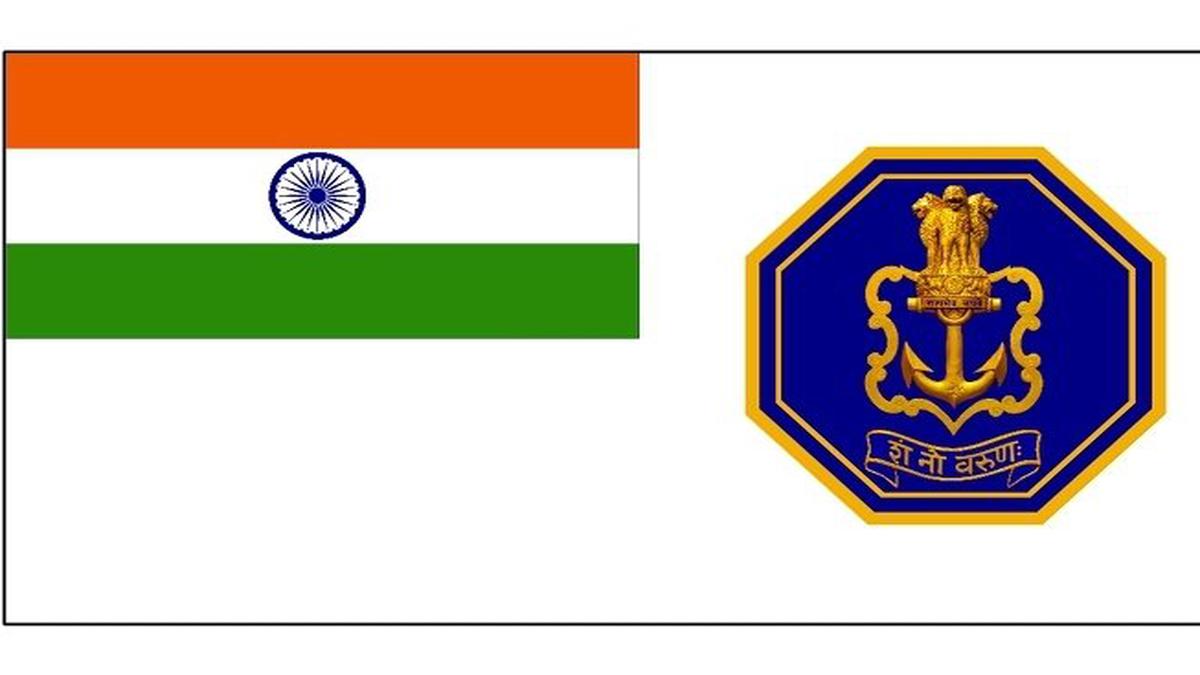





The Indian Air Force, in its flight trials evaluation report submitted before the Defence Ministry l..
view articleAn insight into the Medium Multi-Role Combat Aircraft competition...
view articleSky enthusiasts can now spot the International Space Station (ISS) commanded by Indian-American astr..
view article